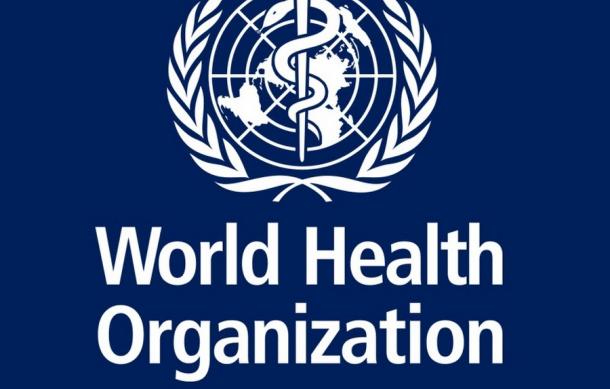
Namibia has not achieved the malaria elimination goal, and cases have more than doubled compared to the 2022 end-line target.
This is despite a marked reduction in the number of malaria cases in the country.
Malaria cases decreased by 95%, from over 66,000 in 2017 to 3,000 in 2019.
According to the World Health Organisation, however, an upsurge in the number of cases has been observed since then, reaching above 13,000 per year in 2020 and 2021, while in 2022 there was a slight decrease at around 11,000.
In addition, there was a drop in the death rate from 6,500 to seven.
That compares to the period between 2001 and 2011, when Namibia experienced a 98% decrease in reported malaria cases, from 735 to 514,400.
Over that same period, malaria deaths decreased from 1,700 to 36, far surpassing the country's national targets.
The burden of malaria remains consistently high in the cross-border regions, with outbreaks observed in Kavango East, Kavango West, Zambezi, and Ohangwena.
The WHO states that, although the country is experiencing a resurgence of malaria cases in endemic regions, the government remains vigilant about improving coverage of malaria interventions among the most at-risk populations.
These include pregnant women, children under five, people living with HIV, and those living in hard-to-reach areas.
Additionally, Namibia concluded a community-based research project with the aim of strengthening national capabilities for the implementation and scaling up of evidence-based, innovative, diversified, and environmentally sound malaria vector control interventions.





